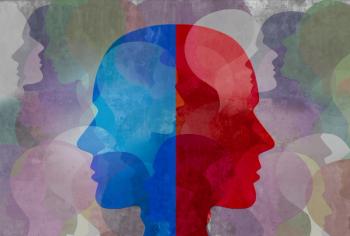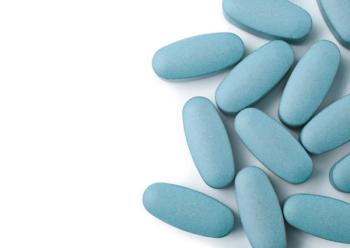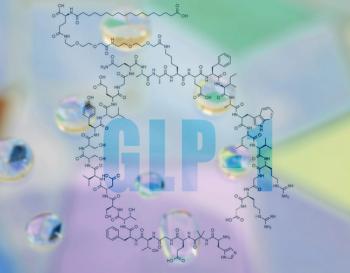
|Slideshows|September 9, 2019
Bipolar Disorder: Psychosis, Mania, and Additional Research
Author(s)Leo Robert
Call for better first-episode mania care, brain activation patterns predict risk, what’s important about atypical antipsychotics- find concise summaries of these and other key developments here.
Advertisement
Newsletter
Receive trusted psychiatric news, expert analysis, and clinical insights — subscribe today to support your practice and your patients.
Advertisement
Latest CME
Advertisement
Advertisement
Trending on Psychiatric Times
1
FDA Grants Breakthrough Therapy Designation to Alixorexton for the Treatment of Narcolepsy Type 1
2
Zervimesine May Slow Progression of Dementia With Lewy Bodies, Phase 2 Results Show
3
FDA Accepts Investigational New Drug Application for COMP360 for PTSD
4
Neurosterix Announces Phase 1 Study of NTX-253 for Schizophrenia
5

















